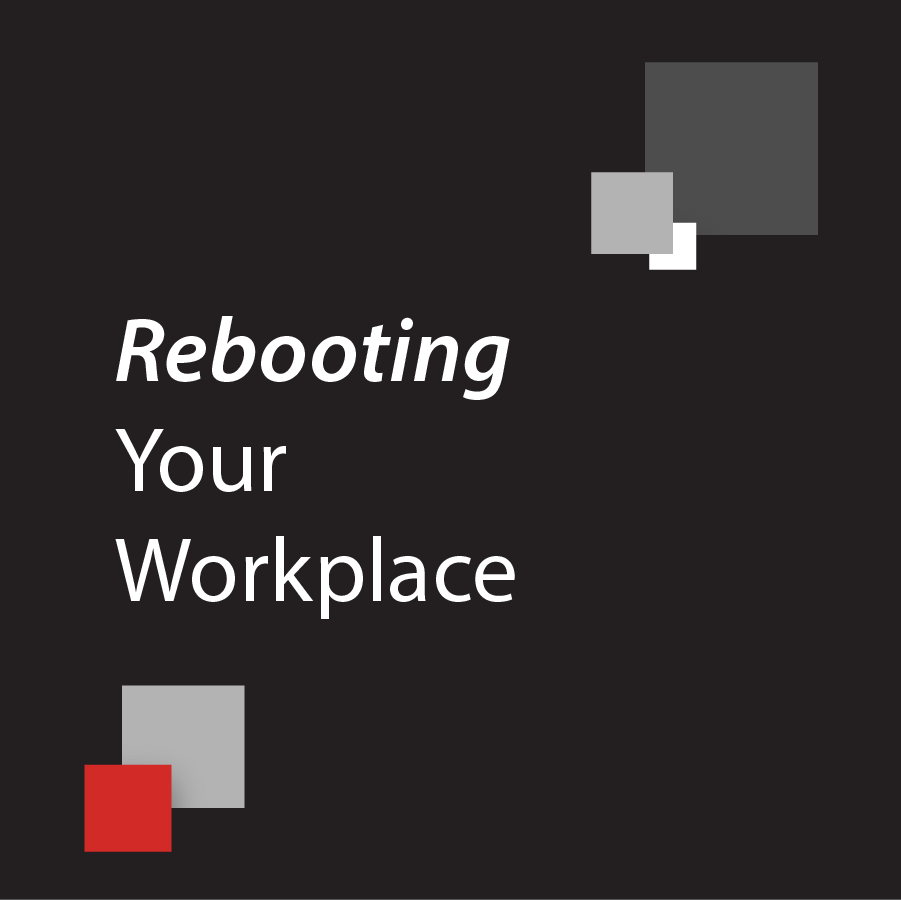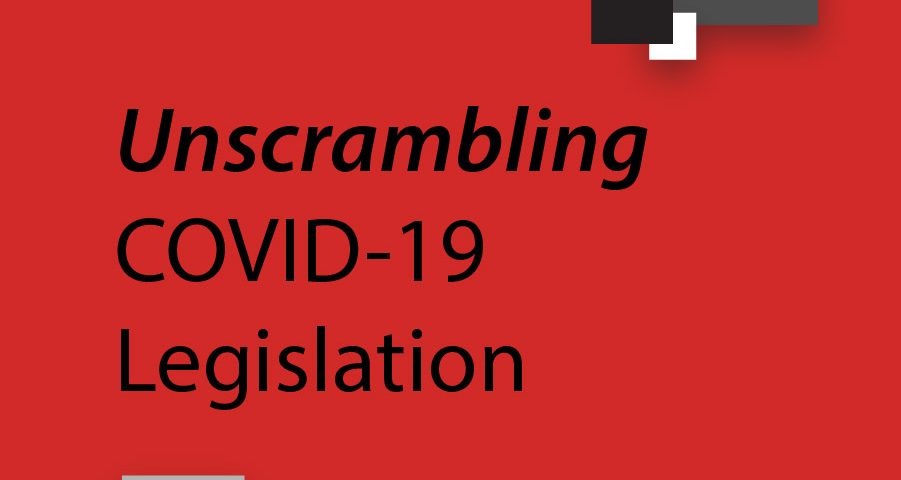
Chris King on Your Money Matters: Employer Options to COVID-19
April 8, 2020
Rebooting Your Workplace
April 24, 2020*Since the release of this article, the IRS has issued guidance that tax deferrals may be combined with the PPP loan. For more information: https://www.irs.gov/newsroom/deferral-of-employment-tax-deposits-and-payments-through-december-31-2020*
The federal government has passed several relief packages to help people and businesses impacted by the coronavirus pandemic. Understanding how these new laws interact is important so that you get the right combination of benefits to weather the economic impact of the “stay-at-home” mandate. At this point, we are still waiting for guidance from the federal government on much of this legislation.
For individuals:
- Enhanced unemployment benefits – an additional 13 weeks of existing State benefits ($247 maximum per week for up to 26 weeks in Louisiana, expanded total of 39 weeks) plus an additional $600 per week for four months between January 27 and December 31, 2020. Eligibility for unemployment benefits has been expanded to include self-employed individuals, independent contractors (1099 workers) and those who have already exhausted benefits available under previous regulations. Employees who are working a reduced schedule or whose wages have been reduced may be eligible for unemployment benefits.
- Families First Coronavirus Response Act (FFCRA) paid leave (effective April 1, 2020):
- Emergency Paid Sick Leave (EPSL)– two weeks (80 hours for full-time employees, pro-rated for part-time employees) of paid leave if they are unable to work due to a government or medical quarantine (including “stay-at-home” order), if they have symptoms of the coronavirus, or to care for someone who is sick with coronavirus.
- Expanded Family Medical Leave Act (EFMLA) – an additional ten weeks of paid leave (12 weeks total if combined with EPSL) to provide childcare for the employee’s own minor child(ren) whose school/childcare provider is closed due to COVID-19.
- If a business is closed due to COVID-19 and no work is available, then the employee is not eligible for FFCRA leave.
- Employees who were laid off prior to April 1 and who have not been rehired are not eligible for FFCRA leave benefits. Employees who were laid off after March 1 but then rehired are eligible for FFCRA leave benefits.
For employers:
- Economic Injury Disaster Loan (EIDL) – the Small Business Administration (SBA) offers 30-year loans of up to $2 million at 3.75% interest to small businesses (less than 500 employees) that are currently experiencing a temporary loss of revenue; a $10,000 advance on the loan will be made available following a successful application. This loan advance will not have to be repaid even if the EIDL loan is denied. NOTE: There are reports that the SBA may scale the advance based on the number of employees an applicant has ($1,000 per employee up to 10 employees).
- Paycheck Protection Program (PPP) loan – Employers may apply for a forgivable loan equal to 2.5 months of average payroll costs based on the previous 12 months. This loan may be used to pay employees, maintain benefits and for certain other business-related expenses (rent, mortgage, utilities, etc.). Forgiveness of the loan is allowed for those costs (not including salaries over $100,000) over an 8-week period between February 15 and June 30. Wages paid for EFMLA and EPSL do not count toward PPP loan forgiveness.
- Employers may apply for both an EIDL and a PPP loan as long as they are used for different purposes. An EIDL loan is not subject to forgiveness, however EIDLs made between January 31, 2020 and the date on which a PPP loan is made available may be refinanced as part of the PPP loan.
- Payroll tax deferrals – Employers may defer payment of employer Social Security taxes that are otherwise owed for wage payments made after March 12, 2020, through the end of the calendar year. Instead of depositing these taxes on a next-day or semi-weekly basis, the deposit due date for 50% of the taxes is deferred to December 31, 2021, with the remaining 50% deferred until December 31, 2022. Tax deferrals may not be combined with the PPP loan.
- Employee Retention Credits – From the IRS website posted/updated on April 10, 2020: “The Employee Retention Credit is a fully refundable tax credit for employers equal to 50 percent of qualified wages (including allocable qualified health plan expenses) that Eligible Employers pay their employees. This Employee Retention Credit applies to qualified wages paid after March 12, 2020, and before January 1, 2021. The maximum amount of qualified wages taken into account with respect to each employee for all calendar quarters is $10,000, so that the maximum credit for an Eligible Employer for qualified wages paid to any employee is $5,000.” (We are waiting for guidance on how this will be calculated.) Employee Retention Credits may not be combined with the PPP loan.
- FFCRA tax credits – Employers will receive payroll tax credits for 100 percent of what they pay out to employees for EPSL and EFMLA leave subject to maximum limits (see above). Wages paid for FFCRA leave do not count toward PPP loan forgiveness.
- According to the Baton Rouge Area Chamber (BRAC), any unemployment benefits paid to employees as a result of the pandemic will not be charged to the employer’s Unemployment Insurance (UI) tax account.


